Why Emergency Food Preparedness Matters More Than Ever Sign In
Difference between Freeze Dried and Dehydrated Food
It's crucial to comprehend how various food preservation techniques differ from one another and what that means for the longevity of your food storage. Moisture must be taken out of the food before any sort of long-term food preservation. Dehydration was discovered by ancient cultures, who then created the first food drying methods. According to the myth, dehydration dates back to 12,000 BC. Fruits and vegetables were dried and smoked by the Romans and other Middle Eastern people using fire or the sun heat. On the other hand, freeze drying is a very recent technique; it was initially successfully applied during World War II as a way to preserve medicine, blood plasma, and later food for the troops. To keep food from decomposing or growing bacteria and mold, the basic goal of food preservation is to remove moisture. By doing so without changing the food's basic nature, the shelf life and nutritional value of the food are enhanced. Dehydrators remove around 90% of the water during dehydration. The food in this circumstance just hardly lasts a few months. Water is 99% removed by freeze drying. The average shelf life of home-dehydrated foods such as dried fruit, meat, and vegetables is one year or fewer. Foods frozen using a freeze dryer have a shelf life of 15 to 25 years.
There are some key differences between dehydrated food and freeze dried food:
● Process
● Moisture Level
● Nutritional Value
● Texture
● Flavor
● Shelf-life
Process
For freeze-dried food Place the food on a large rack within a vacuum chamber, then gradually boost the temperature after lowering it to below freezing. While dehydration can be accomplished by placing food in the sun or using a machine to blow hot, dry air over it. These sweltering temperatures are high enough to dry out food and preserve it. Freeze dried foods may rehydrate in warm or cold water within 4-5 minutes. While dehydrated foods can be rehydrated using boiling water, it takes 10 to 20 minutes. Sometimes foods that have been freeze-dried or dehydrated can be consumed without being rehydrated. Freeze dried foods require less time and energy to rehydrate before use, making them a better choice if you need to use them in an emergency.
Moisture Level
Dehydrating eliminates roughly 80–90% of moisture in foods, whereas freeze drying removes 98–99% of it. When properly kept, freeze drying and dehydration are excellent methods for long-term food storage because they remove such a large amount of moisture. More moisture is removed during freeze drying, extending shelf life. The shelf life is reduced by dehydrating because it eliminates 10–20% less moisture than freeze drying. The foods are ideal for long-term storage because a significant amount of moisture has been removed from them.
Nutritional Value
In the freeze-drying process, food is frozen, a vacuum is created around it, and then the food is slowly warmed, inducing sublimation, which takes the frozen water directly from a solid to a gas without passing through the liquid phase. Compared to freeze drying, the dehydration process damages more nutrients in the food because it uses a higher heat to dry the food. In general, food that has been freeze-dried retains 97% of its original nutritional value. The nutritional value of dehydrated food is around 60% of what it was originally.
Texture
Foods that are freeze dried retain their texture, whereas foods that are dehydrated sometimes look more compressed and wrinkled. Freeze dried food will feel crispy and light, whereas food that has been dehydrated will feel more solid. If shaken or moved a lot, freeze-dried foods will begin to crumble and transform into a powder. When dropped on the counter or shaken in a glass jar, dehydrated foods will maintain their shape.
Flavor
Foods that are freeze-dried retain the majority of their flavor, whereas dehydrated foods frequently lose a significant amount of flavor as a result of heating. The main determinant of whether these foods lose their flavor during the drying process is how differently these items are dried. Before removing the moisture from the food, freeze drying begins by rapidly lowering the temperature, quickly freezing the food, and preserving the flavor. Food loses some of its flavor when it is dehydrated because a steady stream of low heat is used to eliminate moisture from the food.
Shelf-life
As long as they are packaged and stored appropriately, foods that have been freeze dried have a shelf life of 15–25 years, while those that have been dehydrated have a shelf life of 1-2 years. Food that has been dehydrated has a shorter shelf life than food that has been freeze-dried because less moisture is removed throughout the process. Dehydrated and freeze dried foods can both have a long shelf life when stored properly, making them both effective food preservation techniques. Depending on the food and how it is preserved, dehydrated foods can be kept for 2 years or longer and freeze-dried foods for up to 25 years.
Simple Way to Understand the Difference
|
Freeze Dried Foods |
Dehydrated Foods |
|
Remove all moisture, resulting in a crisp, airy feel and a long shelf life |
Contains moisture, resulting in food with a shorter shelf life and a softer, chewy texture |
|
Flavor as original |
Flavor changed |
|
Rehydrate almost to original texture |
Rehydrate can not be original texture |
|
Preserve nutrients throughout the process |
Nutrients will be loss while heating |
|
Almost all the foods can freeze dry |
Limited foods can be dehydrate |
Which is Best?
Most of the vitamins and minerals present in foods that have been freeze dried. Because the moisture is removed using a vacuum method, food that has been freeze dried keeps its nutritional value. However, the nutritious content of dehydrated food is typically only about 60% as high as that of comparable fresh food. This loss is primarily attributable to the heat utilized in dehydration, which destroys the vitamins and minerals in the food. The fact that freeze drying preserves the food's appearance and flavor is an intriguing feature. Here is the best option for you to buy freeze dried fruits in Canada.
Take Away
Foods that have been freeze dried have a longer shelf life, less moisture, and often superior flavor than those that have been dehydrated. Foods that have been freeze dried recover more quickly and have their original appearance, flavor, and texture. For more information and dried foods options, contact us today.
FAQs
Is Freeze Dried Food the Same as Dehydrated Food?
In general, dehydrated food has 80-90% of its moisture removed, depending on the exact process and other aspects. On the other hand, 98–99% of the moisture in freeze dried food has been removed.
What Foods Can’t Be Freeze Dry?
Fruits and vegetables can be preserved by the freeze drying method of food preservation, but you are not limited to them. Dry desserts, meats, dairy products, and cooked foods can all be frozen. There are some items, nevertheless, that you shouldn't freeze dry; butter, honey, jam, syrup, unsweetened chocolate, and peanut butter are examples of this.
Is Freeze Dried Food Worth It?
In comparison to other drying methods (air-drying, heat-drying), which typically degrade vitamins and phytonutrients—as is clear by the striking changes in the food's colors—freeze-dried foods frequently maintain over 90% of the nutrition of the original fresh food.
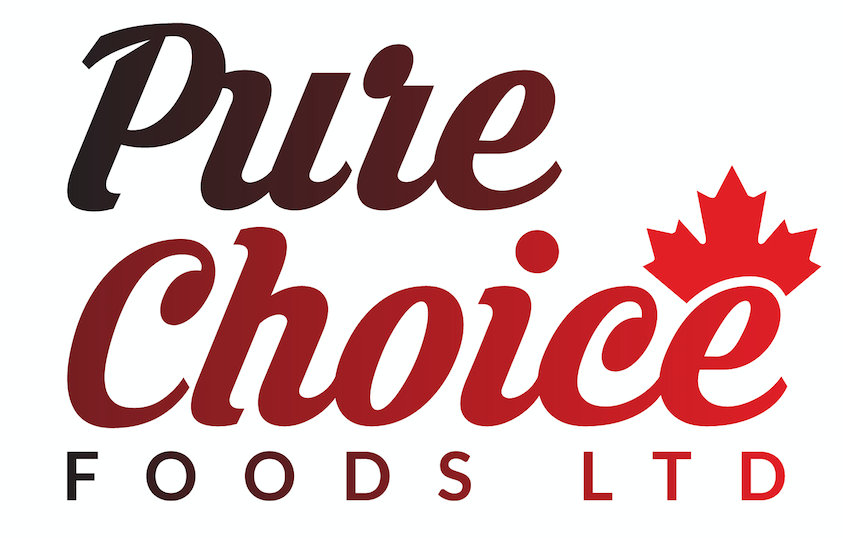

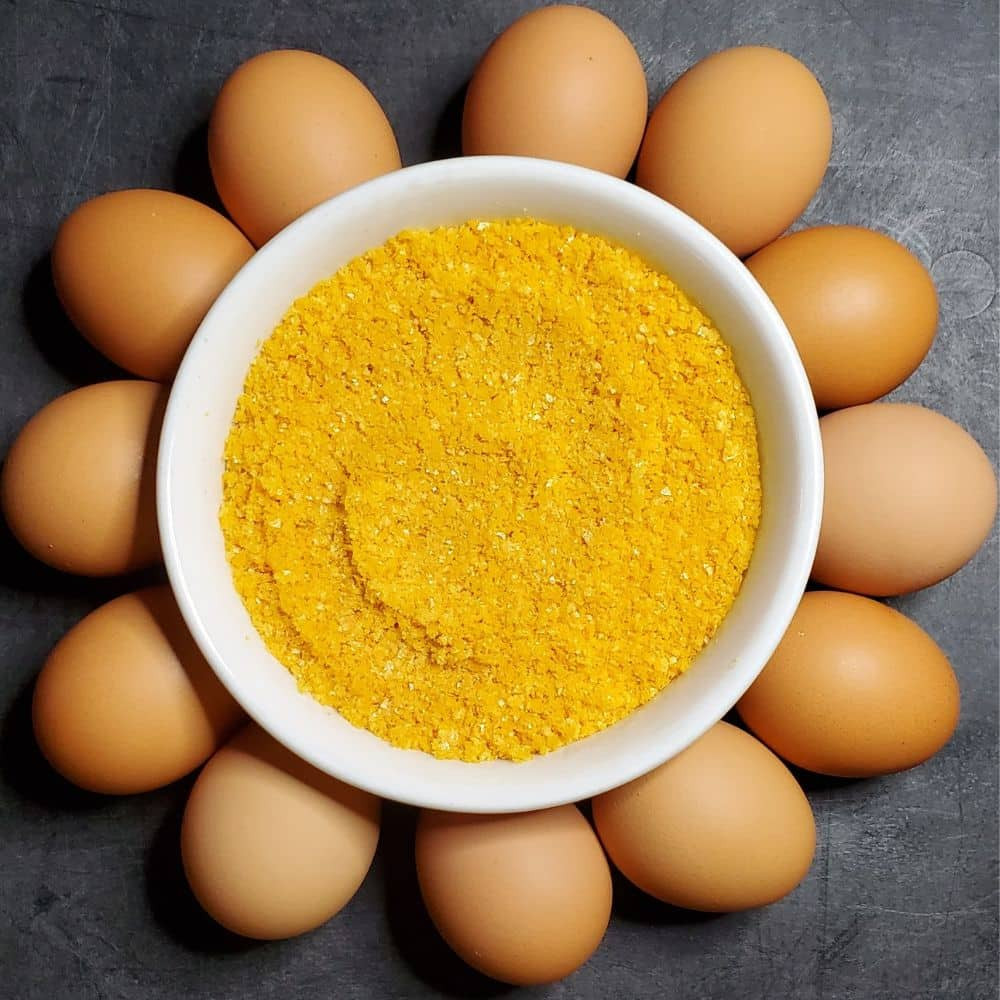
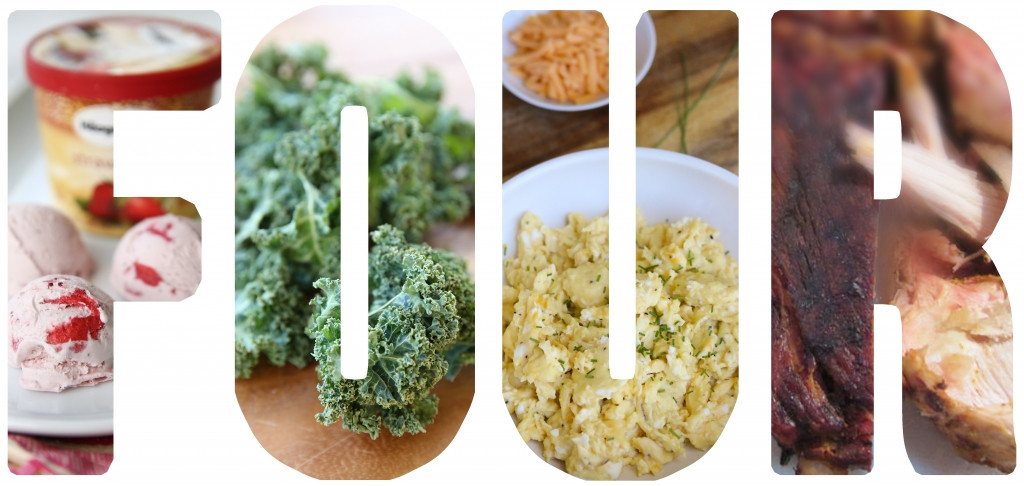
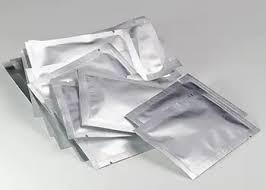
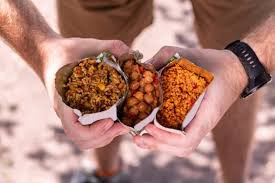



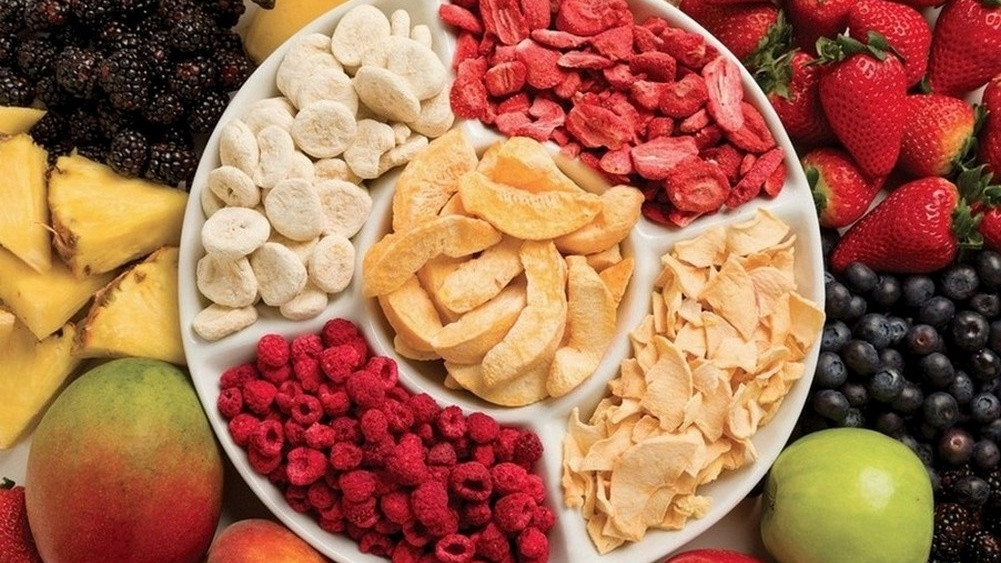
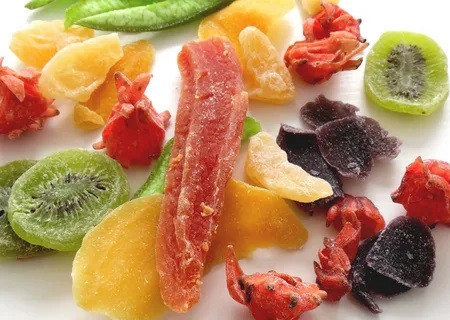
Leave a comment